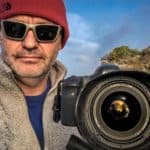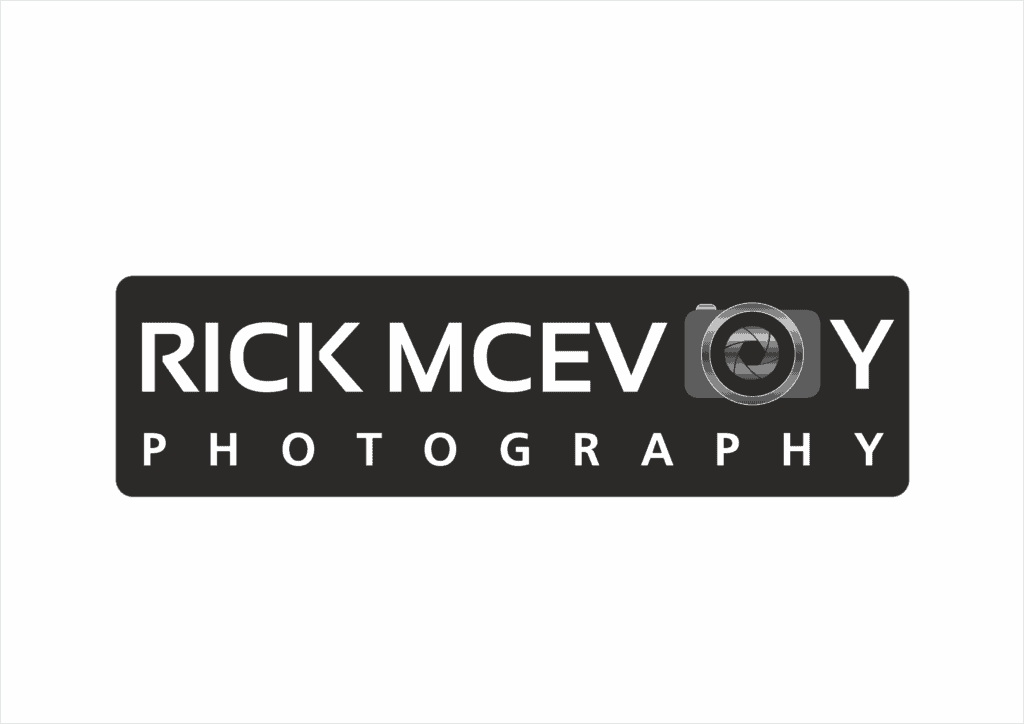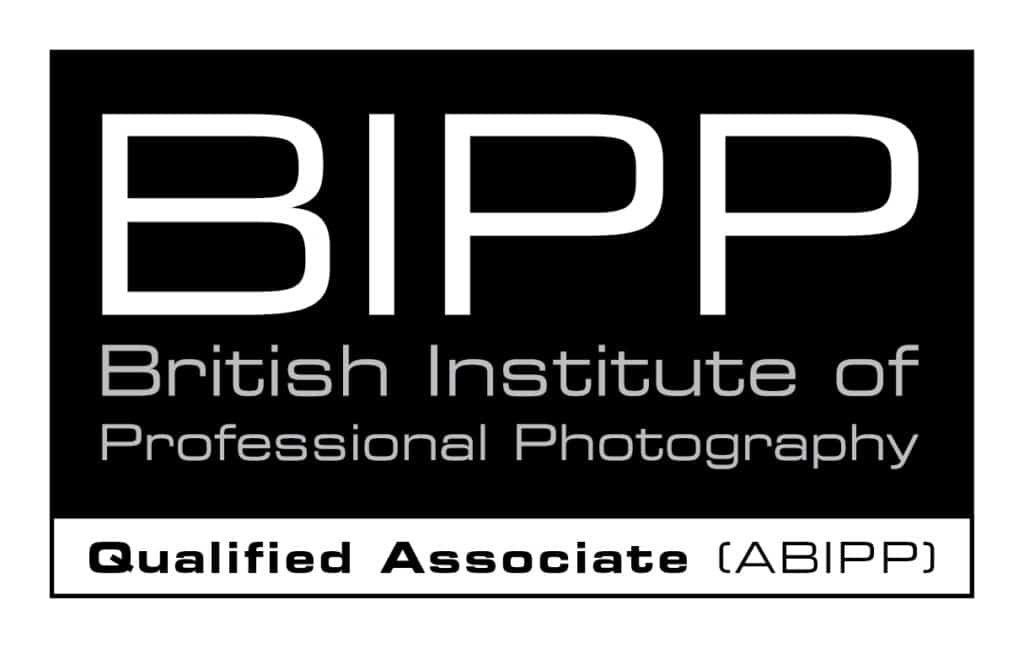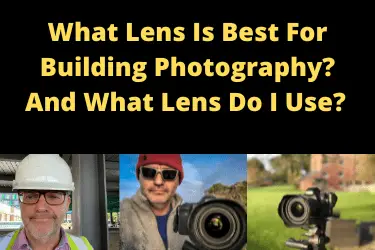What Lens Is Best For Building Photography? And What Lens Do I Use?
In my last post I gave you a whole heap of tips for you if you are thinking about getting started photographing buildings.
And having given you that big, long list I want to explore some of these things in much more detail, starting with lenses. Well why not?
The lens that is best for photographing buildings will be a wide angle lens capturing high quality, sharp and technically correct images. The focal length will be in the 15-30mm range, wide enough to capture interiors and exteriors accurately, faithfully and with minimal distortion and other optical errors.
I use a Canon 17-40mm lens for my building photography.
That is the headline news, now let me give you some info that will help you if you are thinking about getting into photographing buildings, or of course you photograph buildings now but are not sure which camera lens is the right one for you.
And whilst I tell you what camera lens I use, I cannot tell you which lens you should buy as I do not use camera systems other than Canon and Olympus. And my blog is based, wherever possible, on what I say, do and know. OK?
Talking of me- who am I?
Hi by the way. I am Rick McEvoy, a photographer/ blogger/ photography educator/ podcaster based here in the UK. I specialise in architectural, construction and real estate photography. And I also love my travel photography.
I am professionally qualified in photography and construction, having well over 30 years’ experience in both.
So this is what I do, this is what I know. And you are in safe hands with me here OK?
Let’s get into this.
Focal lengths of lenses for building photography
Camera lenses are pretty much defined by their focal length. What do I mean by this? Well a 50mm lens on a full frame camera (see below) is called a standard lens. When you look through the viewfinder with a 50mm lens on a full frame camera you are looking at life as we humans see.
50mm gives a very natural, conventional viewpoint.
Wide angle lenses
If you want to get more into a photo you need a wide angle lens. A wide angle lens is one with a focal length of less than 40mm. The smaller the number, the wider the field of view. The more you can get into a photo. And the further away the subject appears.
I use a focal length of 17mm a lot of the time. This is a wide angle focal length.
Telephoto lenses
And go the other way , with a focal length with a number larger than say 60mm, and you are in the telephoto lens bracket. The larger the number, the longer the focal length. And the narrower the field of the view, and the closer things look.
But there is a complication to this
Full frame cameras
50mm is 50mm on a full frame camera. Any focal length is what it is on a full frame camera. That is all fine and straight forward, but there are other types of cameras with smaller sensors, and this directly impacts on this.
The 17mm that I use is 17mm on my camera lens.
Cropped sensor cameras
Cropped sensor cameras have what is called a crop factor. As the sensors are smaller this affects the focal length. Cropped sensor cameras have crop factors of 1.5 to 1.6.
What does this mean?
A 50mm focal length on a lens on a cropped sensor camera gives an equivalent focal length of 70-80mm. 50mm multiplied by the crop factor.
So to get 17mm on a cropped sensor camera you need an actual focal length of 10-11mm.
And there is more
Micro four thirds cameras
Micro four thirds sensors are smaller again, and you need to apply a 2x crop factor. To get the equivalent a 50mm focal length you need an actual focal length of 25mm on a micro four thirds camera.
And to get to my 17mm you will need an actual focal length of 8.5mm.
But don’t worry, the camera manufacturers have got all this covered.
Other formats of cameras
There are of course other types of cameras, medium format, large format and other specialist cameras. I am talking here about normal cameras that us normal folk will buy and use.
And I am not talking about phones here either. Just normal, conventional cameras.
Maximum apertures of lenses used for building photography
The maximum aperture of a camera lens defines how much light gets through to the camera.
The smaller the number, the larger the maximum aperture, and the more light that gets though to the camera sensor. And the larger the maximum aperture the larger the lens is physically, and the more expensive the lens will be too.
To make sense of this, as this does make any sense I know, let me give you two examples.
- Canon 17-40mm F4L lens. The maximum aperture of this lens is F4.
- Canon 16-35mm F2.8L. The maximum aperture of this lens is F2.8.
An aperture of F2.8 lets twice the amount of light into the camera sensor that F4. This is called a stop.
I will come back to this, but that is the facts. Smaller number, larger aperture, more light gets in, larger lens, more expensive.
And I use a Canon 17-40mm F4 lens, and this is perfect for me and the way that I work.
Best aperture
Every lens has an aperture range. My Canon 6D has an aperture range of F4 to F22. And every lens has optical variances in quality. Typically, maximum aperture (F4 in my case) and minimum aperture (F22 in my case) have errors and distortion. Not significant, but they are there. I do not use these aperture most of the time.
And somewhere in the middle you will find what we like to call the sweet spot, where the highest quality with the least errors can be found.
On my Canon17-40mm lens this is F8. And that is what I use.
Sharpness
Some lenses are sharper than others. This is just a fact. So check out any lens that you are considering, it needs to be able to photo super sharp photos, sharp enough for your intended use of the photos.
Depth of field
Depth of field. I hate this term. Depth of field is the range of stuff that is sharp in a photo from front to back. In general terms, the smaller the aperture (larger number) the more depth of field you get. And the larger the aperture (small number) the less depth of field you get.
With the maximum aperture where you are focussing will be sharp, but will fall off in front of and beyond where you are focussing.
With the minimum aperture where you are focussing will be sharp, and the sharpness will extend more to the front, and even more to the back of the photo. Get this right and everything in a photo will be sharp.
There are ways of calculating depth of field.
For me, I use F8 and a 17mm focal length, and in very crude terms if I focus 1/3rd into a composition, from experience I know everything will be in focus.
Like I say, check out depth of field table and you can work this out for yourself.
Optical errors
Lenses are complicated things, so they inevitably have errors built into them. With my Canon 17-40mm lens I can correct these in Lightroom, as Lightroom knows what these things are, so whilst an issue a very easily fixable that Adobe have got covered.
You might want to check this if you are thinking about buying a new lens.
Quality
Quality will vary from lens to lens. You can find out by going to website such as DxO Mark, where they give you more information than you will ever need about camera lenses. Just don’t get bogged down in there in too much detail…..
Fixed focal length or zoom?
I choose a zoom lens, the Canon 17-40mm lens. I like having the ability to zoom in if I want to, even if I take most of my photos at 17mm. Could I live with a fixed focal length, 17mm lens? Sure. But I am happy as I am thank you.
The argument used to be that you got better quality images using fixed focal length (or prime lenses as they are called) than with zoom lenses, and that is still true today.
But the difference is probably less than ever, and not enough to make me want to go to a fixed focal length lens.
What about tilt shift lenses?
A tilt shift lens is a specialist lens that, in terms of photographing buildings, allows you correct verticals in camera. Using the shift capability, you can adjust how the lens elements relate, and magically make a converging building look vertical.
They are wonderful pieces of kit, and I used to own one, but it was too fiddly for construction sites, and was manual focus only. So I got rid of it.
If you can afford one, and want to get seriously into photographing buildings, these are great bits of kit.
And Canon do a 17mm one…..
Fisheye lenses
What is a fisheye lens? Well head over to my splendid Photography Explained Podcast, where in episode 65 I tell you in the episode cunningly titled Fish eye Lenses Explained In Plain English In Less Than 10 Minutes.
Fisheye lenses are great for taking photos of buildings, just don’t overdo it unless this is going to be your thing.
Cost
Well the theory is that the more money you spend the “better” the lens. There is some truth in that, but you have to compare like with like.
But, in general terms, a “professional” lens will give you higher quality images than a “non-professional” lens. With Canon, the pro lenses are the L series, like my Canon 17-40mm F4 L Lens. Olympus call their pro lenses M Zuiko Pro.
But you cannot meaningfully compare the cost of say the Canon 16-35mm F2.8 lens with the Olympus M.ZUIKO DIGITAL ED 7‑14mm F2.8 PRO.
Current prices on Amazon are
Canon 16-35mm F2.8 – £1,633
- Olympus 7-14mm F2.8 – £899
Is the Canon lens nearly twice as good as the Olympus lens? Of course not….
See cost comparisons don’t translate across full frame, cropped sensor and micro four thirds, as they are physically different systems.
What Lens Is Best For Architectural Photography?
If you are serious about architectural photography then a tilt shift lens could be a good shout. My good old Canon 17-40mm performs splendidly for me though.
With architectural photography hopefully you will get more time to capture the art of architecture.
What Lens Is Best For Construction Photography?
The lens that I use. I need to be quick, and also light on my feet when working on construction sites. A tilt shift lens is too slow for me.
What Lens Is Best For Real Estate Photography?
Again, my Canon 17-40mm lens is fine. For real estate photography quality is not the absolute – high enough quality captured and delivered efficiently is the order of the day.
And What Lens Do I Use?
I think you will have gathered by now, I use the Canon 17-40mm F4L lens. This is a wonderful, compact, super sharp Canon 17-40mm F4L lens. Not expensive as lenses go, and nice and compact and pretty much all I need. And I tend to take most of my photos at the 17mm end of the focal length range.
F4 is not a problem for me as I take most of my photos with my camera securely fixed to my tripod. And it is not too big, and lightweight so does not get in the way.
All in all the perfect lens for me and what I do.
Related reading
Well the last post was the starting point for this post – 50 Essential Photography Tips For Beginners Who Want To Photograph Buildings, so if you haven’t done so already check this post out.
And there is lots of other related reading, so just head over to my website and type something into the search box and see what pops up!
Related viewing
Yes, related viewing. If you click on this link right here you will go straight to the video for this blog post on my You Tube Channel.
Any questions get in touch via my website. It would be great to hear from you.
Cheers from me Rick



